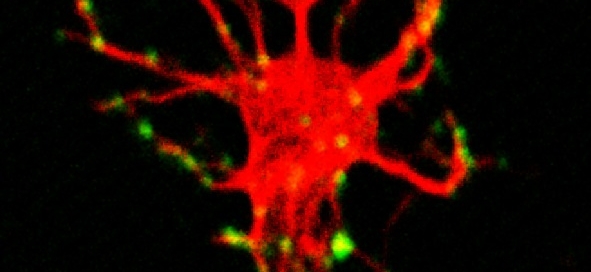The sorting of thalamocortical axons seem to be a rather complicated mechanism in which attractive, repulsive and growth control signaling cues are involved. But, how are the distinct signaling pathways integrated by thalamocortical neurons to drive a unique behavioral response? This is an important question if we want to understand the underlying mechanisms involved in thalamocortical wiring. One could imagine a possible scenario in which distinct subpopulations of thalamic neurons express a unique combination of guidance receptors thus allowing them to only respond to the specific ligands. Another possibility is that a hierarchical organization of guidance receptors and signaling pathways ensures tight temporal scheduling of repulsion and loss of attraction, and of promoting or inhibiting axon growth. In our laboratory we are investigating these possibilities using several in vitro and in vivo assays.


